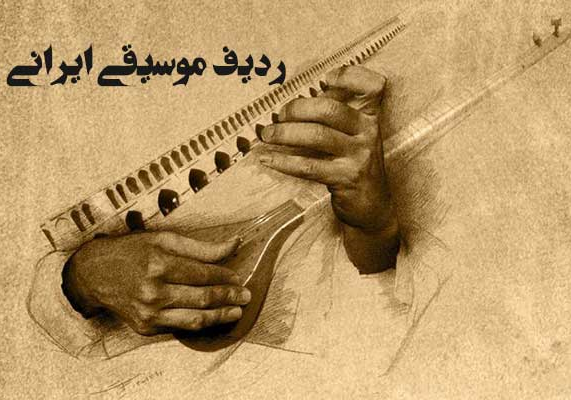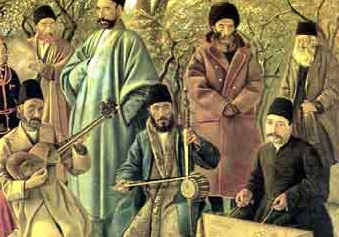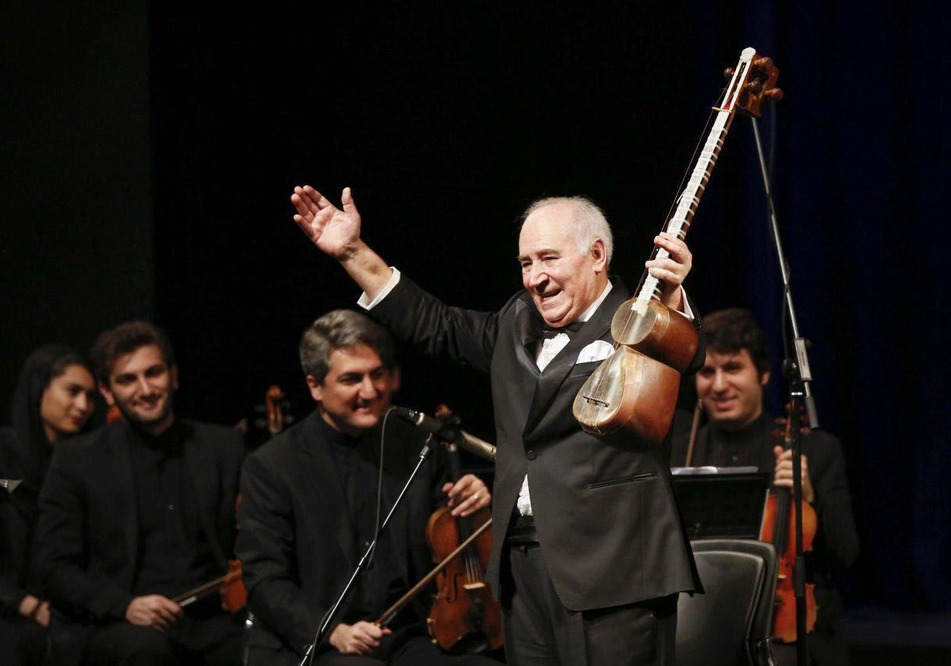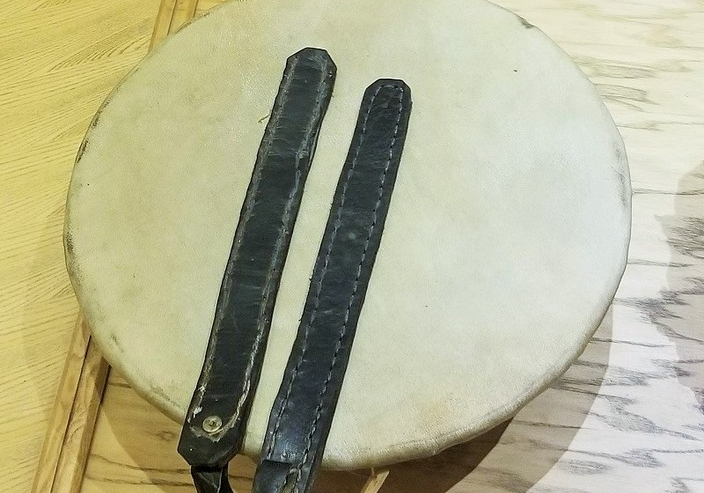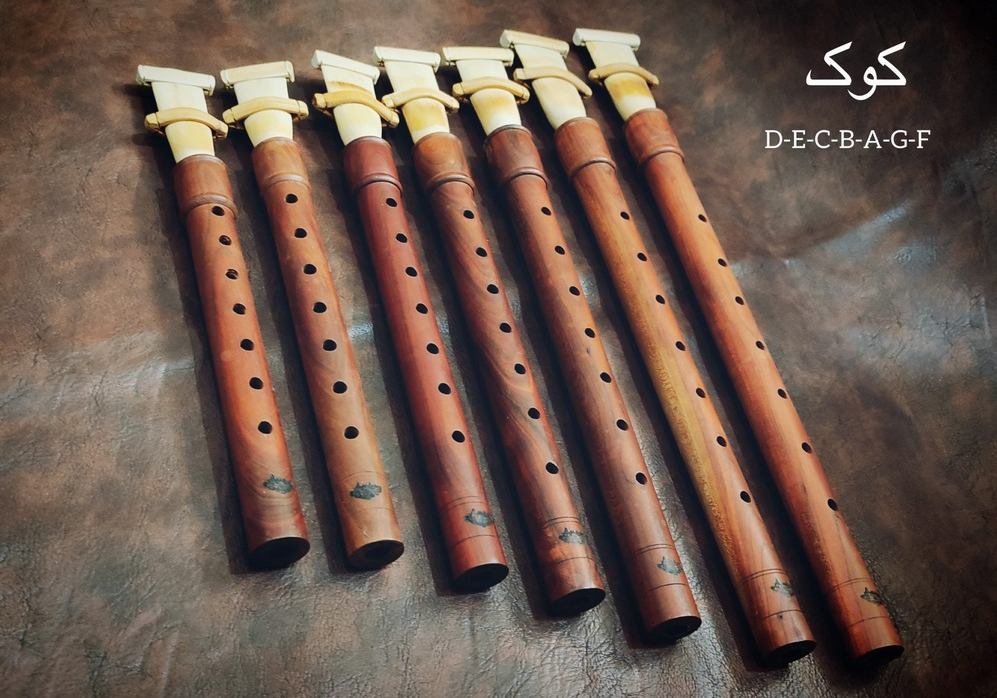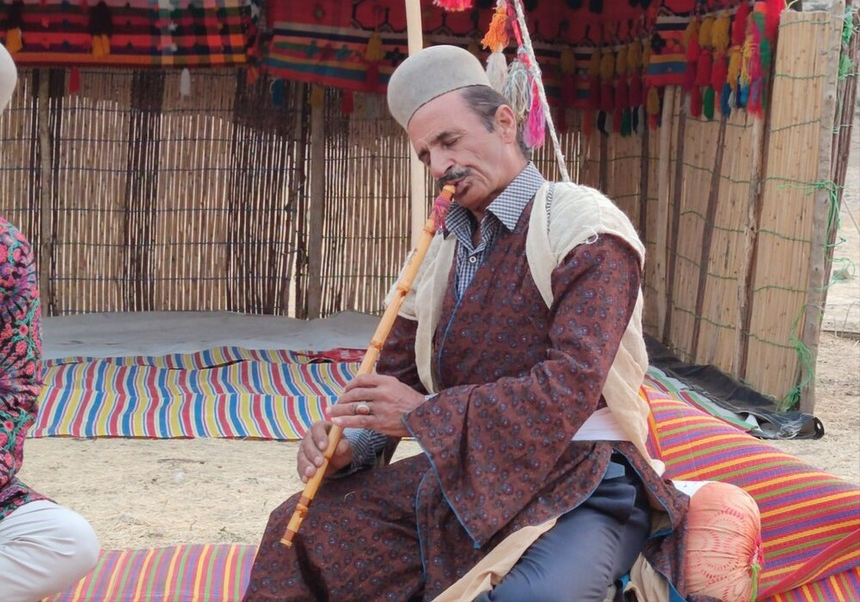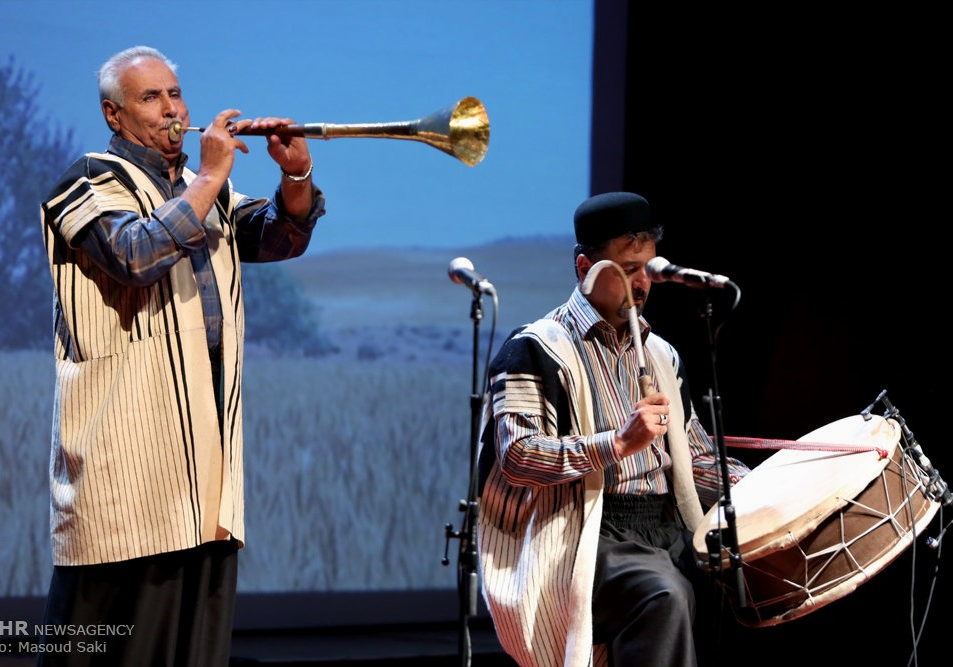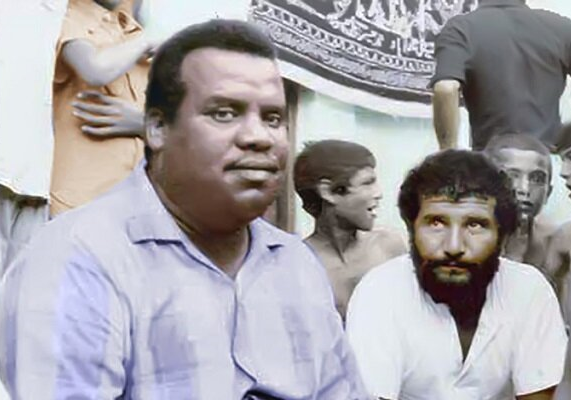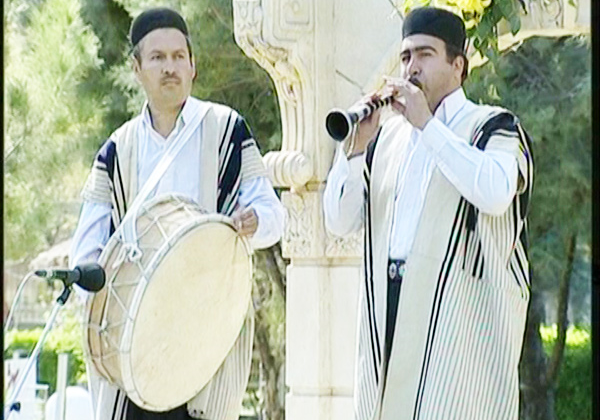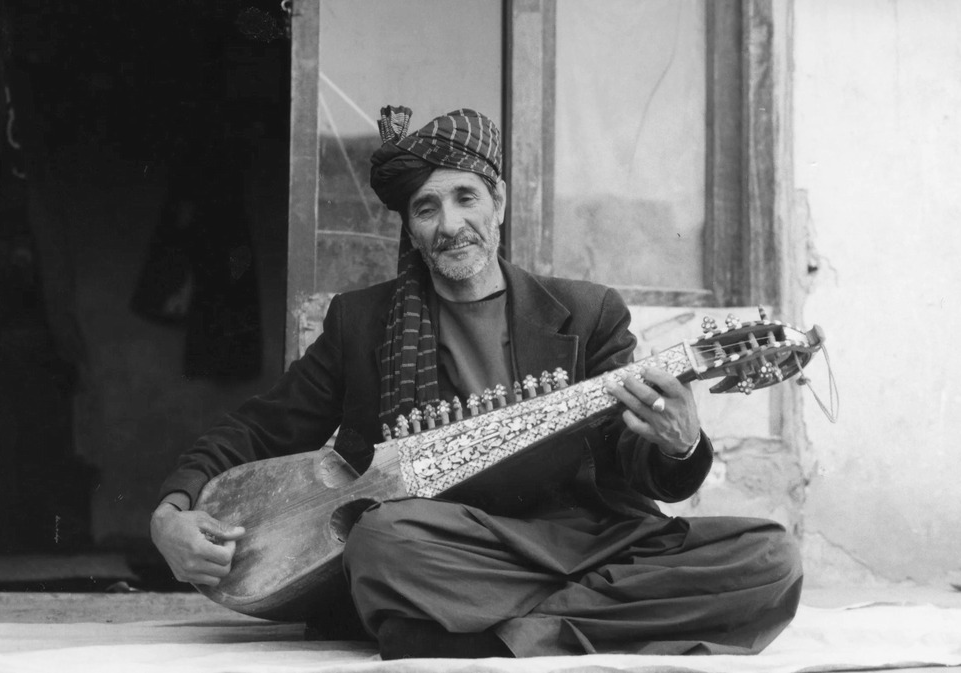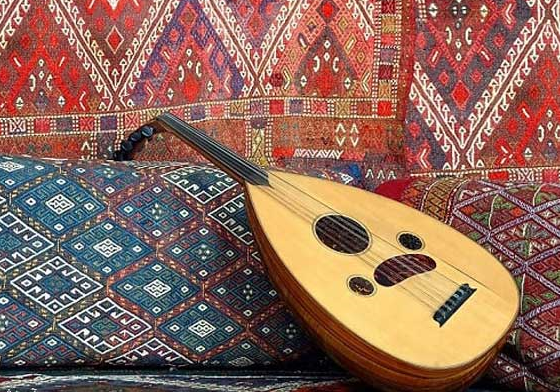
Naqareh
Naqareh
Percussion instruments were probably the first type of instruments that humans could use to produce musical notes. Percussion instruments of each region have a special shape and are made in different sizes to create a different sound range, but usually, they are quite similar in terms of their shape, and special methods are used to play them.
“Naqareh” or “Naqara” is a percussion instrument, which is widely used in the music of different regions of Iran, and has a special role in Gilaki and Kurdish music. The shape of this instrument has undergone certain changes in the course of history.
Features of the Naqareh
Naqareh is a double drum percussion instrument the size of one of which is smaller than the other. This instrument is placed on a special stand and is played by the musician with two sticks. At times, however, when needed, it is tied to the back of a horse or camel. In the past, Naqareh was tied to a camel and the Naqareh player would play it while passing through the allies to inform people of important events.
In happy ceremonies, usually, a wind instrument like a Sorna or trumpet also accompanies the Naqareh.
The bigger drum is used for producing high-pitched sounds and the smaller drum is for producing low-pitched sounds. The main body of Naqareh is made of copper or clay and covered with a piece of cow or sheep membrane.
While Naqareh was an instrument that was mainly used in wars in ancient times, it was also used in happy ceremonies. It was also used in the court of kings as a means to announce the presence of important persons or to welcome them.
Playing the Naqareh has been quite widespread in Iran since the Qajar era (19th century AD); although according to historical books, this instrument was also used for centuries before that. During the Qajar period, most of the important cities, such as Tabriz or Isfahan, had Naqareh Khaneh Towers, which were used to inform the people about important events or prayer times. In some important parts of Iran, there is still a Naqareh Khaneh Tower and used for performing programs on various national and religious occasions.
Types of Naqareh
In the north of Iran, the Gilki Naqareh consists of two clay bowls, one of which is smaller than the other. The diameter of the opening of the smaller one is about 16 and the diameter of the large opening is about 22 cm. Gilki Naqareh is usually played with sticks, but it is also not uncommon to play it by hand.
Another type of Naqareh is popular in Kurdistan, which is bigger than the Gilki one. In Sanandaj, this instrument is also tied to a horse and played with hands.
This instrument is also played by the Shirazi musicians.
Naqareh Playing Ceremony
The most important use of the Naqareh today is in the Naqareh playing ceremony of shrines the most important of which is held in the shrine of Imam Reza (AS) in Mashhad. The Naqarehs used in this are single and their body is made of copper and covered with pieces of cow or calf membrane. Four types of drums are used in this ceremony:
• Sarjashni, which is smaller and the size of a bowl is played from the beginning to the end of the program and other musicians follow the style used in playing it.
• Gurgeh: It is a big Naqareh with a high-pitched sound the shape of which is like a big egg that is cut in half.
• Egg-shaped Naqareh the shape of which is similar to Gurgeh, but is smaller in size.
• Ordinary drum.
Karna or karnay is the wind instrument that accompanies the Naqarehs. This instrument is between 100 and 120 cm long and is made of copper or brass. According to some evidence, the longevity of playing Naqareh in the shrine of Imam Reza (As) is more than four centuries.
Playing the Naqareh has been quite widespread in Iran since the Qajar era (19th century AD); although according to historical books, this instrument was also used for centuries before that.
| Name | Naqareh |
| Country | Iran |
| Type | Kobe |
| Works | folk music |
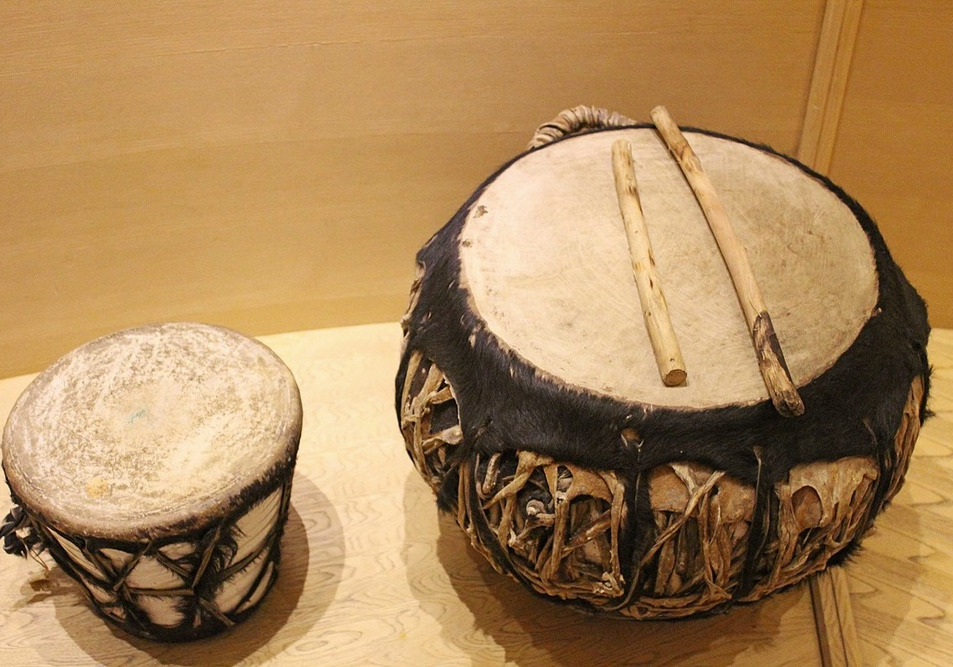
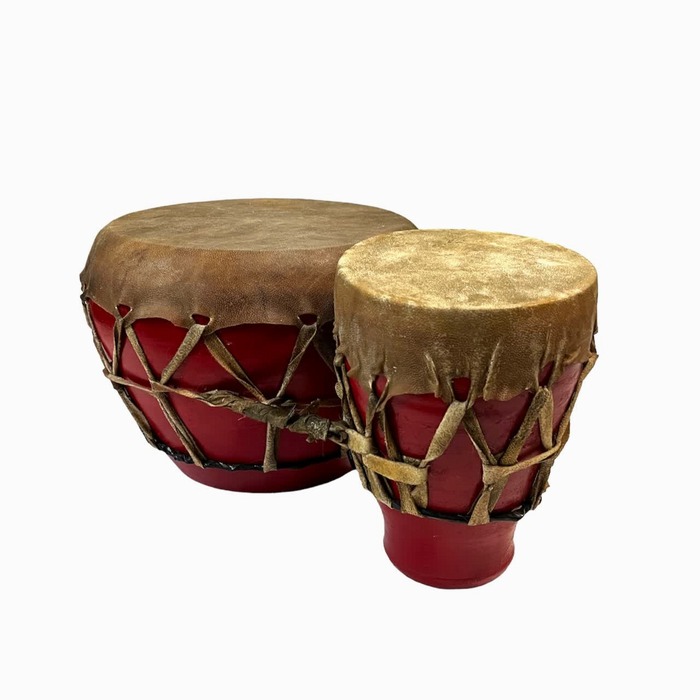
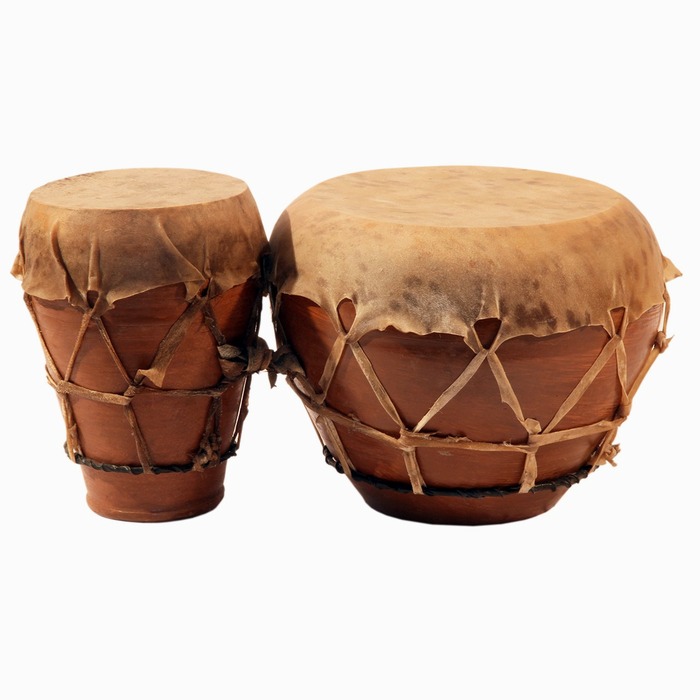
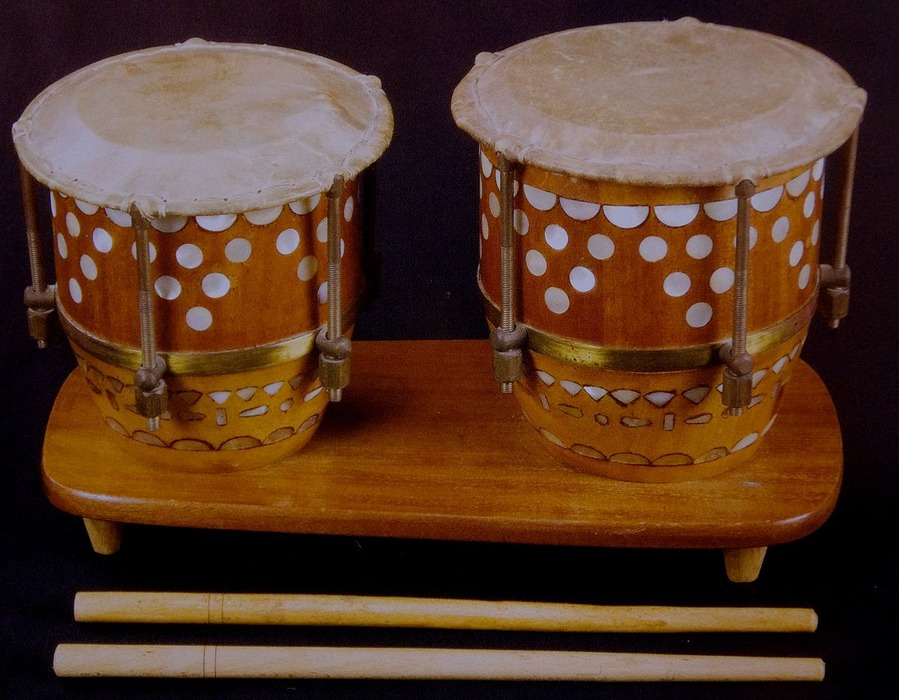
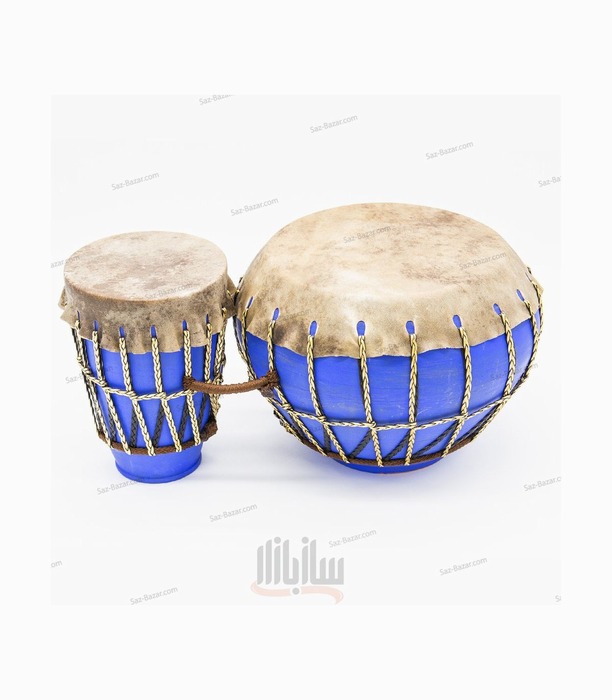





Choose blindless
Red blindless Green blindless Blue blindless Red hard to see Green hard to see Blue hard to see Monochrome Special MonochromeFont size change:
Change word spacing:
Change line height:
Change mouse type:

